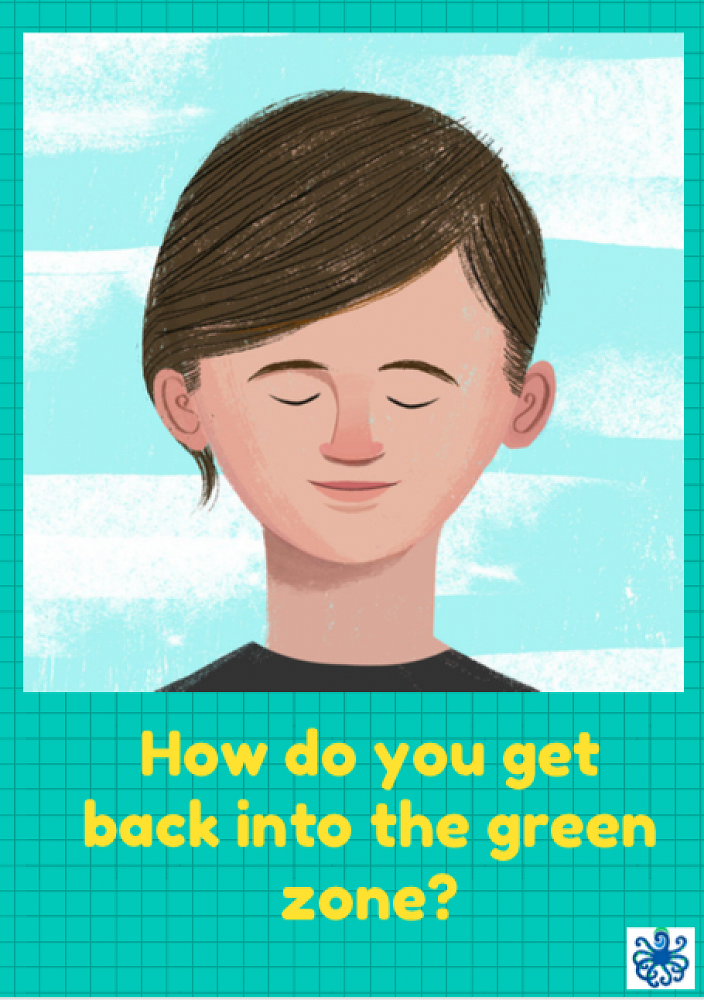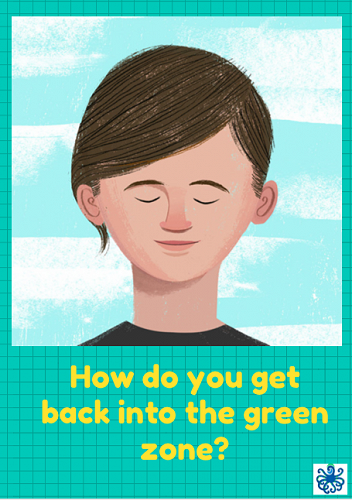
PB4L: Positive Behaviour for Learning: Calming Strategies
For the past four weeks we have been looking at Emotional Regulation - i.e. the ability to manage our emotions and behaviour. This includes being able to resist highly emotional reactions to upsetting stimuli, to calm ourselves down when we get upset, and to handle frustration without an outburst.
For the next two weeks we are investigating the best strategies for calming and getting ourselves back into the Green Zone.
PB4L focusses on growing behaviour skills in the same way we approach other skills, academic or social, by isolating that skill and providing practice. When you think of self regulation as a skill to be taught, rather than bad behaviour, it changes the type of feedback we give our children.
The key to learning self-regulation skills, says Dr. Rouse, a clinical psychologist at the Child Mind Institute, is not to avoid situations that are difficult for children to handle, but to coach children through them, and provide a supportive framework . Clinicians and teachers call this “scaffolding” the behaviour you want to encourage — until they can handle these challenges on their own.
Making a list of calming strategies or activities, together with your child, is incredibly useful. When/if they realise they are in the red, or approaching that zone, they can refer to the list, or ask you to remind them. As an adult, having your own list is pretty useful too! Your children may learn to follow your lead, or be able to remind you what to do.
Here is a list of 26 calming strategies you might like to try out in finding what works best for you and your child:
- Take 10 deep breaths.
- Think happy thoughts.
- Count to 10.
- Squeeze a stress ball.
- Do some exercises.
- Get a drink of water.
- Read a book.
- Rock gently on a ball.
- Relax on pillows.
- Take a walk.
- Listen to music.
- Do wall push ups.
- Do yoga.
- Play quietly.
- Chew gum.
- Write in journal.
- Give yourself a hug.
- Use the swing.
- Spin in a circle.
- Jump on a mini trampoline.
- Use the scooter board.
- Draw a picture.
- Lay on the ball.
- Sit on air disc.
- Balance on a stool.
- Go to a quiet area.
Have a go at Tummy Breathing:
Breathing deep into our tummies is a quick easy way to engage the body’s natural relaxation response. It draws our attention to the present, boosts concentration, and can help us turn anxiety and anger into feelings of relaxation and focus. Amazing aye?
Talk about the fact that focusing on our breathing helps calm our body and mind. Let your children know that you’re all going to practice this to help keep your family and home a little calmer.
What to do
- If your children are young, show them this fun Sesame Street video on tummy breathing and let them try it.
- You don’t need to lie down on the floor to tummy breathe – you may want to be on the couch, bed or a bean bag. Somewhere comfortable and free from distractions (or as much as you can!).
- Let your kids know to put their hands or a book on their tummies so they can feel it going up and down. (Younger tamariki may like to put their hands behind their head, so the rise and fall of their tummy occurs more naturally.) Do this with them. They may like to breathe in for a slow count to four, and out again for a slow count to four.
- A fun way to also draw attention to the ‘tummy’ movement while breathing like this is by making origami boats and placing these on your tummies so the boat moves up and down, as it would on a calm sea.
Tummy breathing is something that gets easier with practice. Introduce the concept of trying some tummy breathing the next time they want to feel better or relax – it will help make kids super sleepy and relaxed.
Gallery

